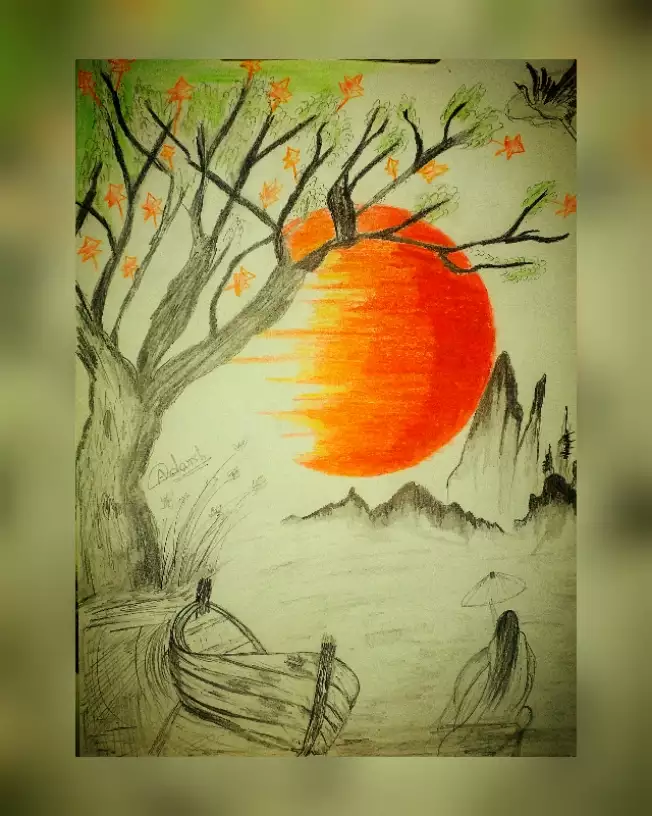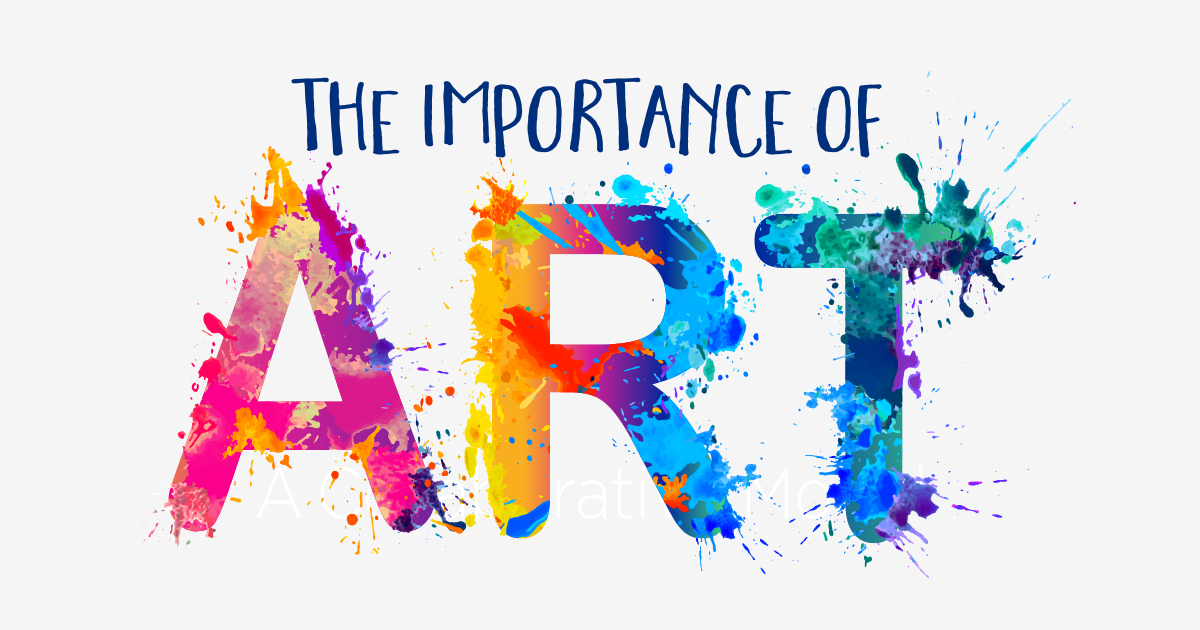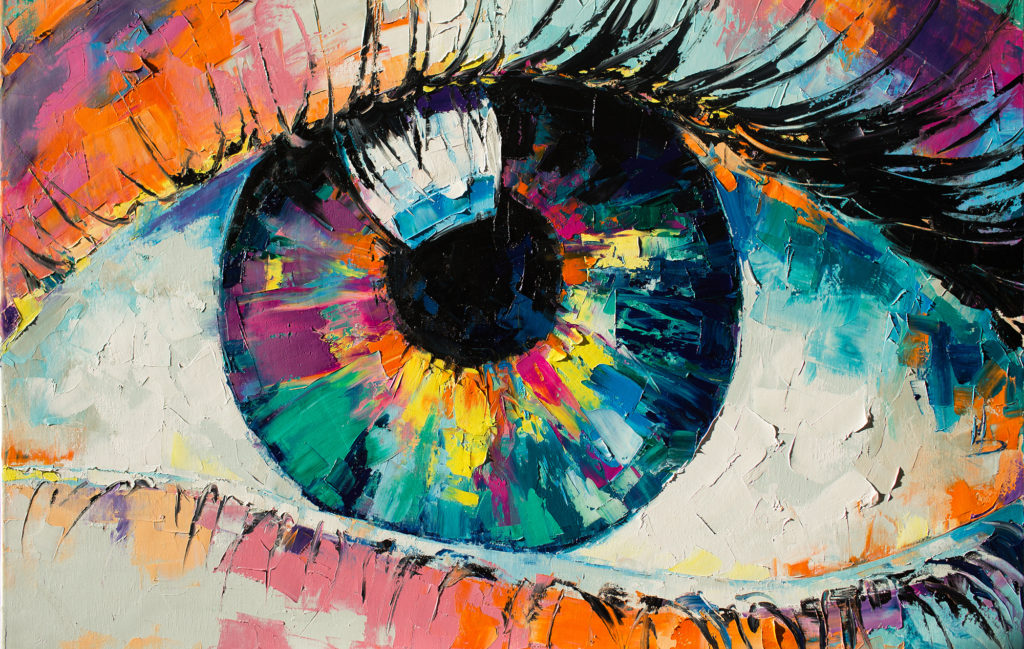The Development of Trump Art: From Early Reviews to Contemporary Perspectives
The Development of Trump Art: From Early Reviews to Contemporary Perspectives
Blog Article
Exploring the Diverse Globe of Artistic Expression: From Surrealism to Abstract Realism
In the world of imaginative expression, from the dreamlike landscapes of surrealism to the complex play of light and kind in abstract realistic look, musicians have continually pushed the limits of imagination and imagination. As we explore the multifaceted world of art, we are provided with a tapestry of styles, methods, and philosophies that test our understanding and prompt consideration.
Surrealism: Releasing the Subconscious
Surrealism, a progressive imaginative movement of the 20th century, explored the depths of the subconscious, introducing a world of dream-like imagery and non-traditional juxtapositions. Pioneered by musicians like Salvador Dali, René Magritte, and Joan Miró, Surrealism sought to test the conventional methods of seeing and understanding art. Through methods such as automatism and desire analysis, Surrealist artists intended to take advantage of the unconscious mind to expose concealed facts and wishes.
One of the crucial elements of Surrealism was the focus on the illogical and the incredible. By integrating unforeseen elements in their jobs, Surrealist musicians aimed to create a feeling of disorientation and shock in the customer. This interruption of logic and reason was meant to prompt a much deeper exploration of the subconscious and the mysteries of the human psyche.
Abstract Realism: Redefining Perception
Testing typical imaginative limits, Abstract Realism redefines perception via the blend of well-known aspects with abstract types. This innovative approach to art incorporates the representational accuracy of realism with the imaginative flexibility of abstraction, providing viewers an unique visual experience that motivates them to examine their assumption of truth.
In Abstract Realism, musicians strive to record the essence of their subjects while likewise infusing their job with a sense of deepness and complexity via abstract elements. By mixing the aware of the unfamiliar, these musicians invite target markets to involve with their pieces on numerous levels, encouraging them to explore the subtleties of color, appearance, and type.

Cubism: Breaking Up Truth
Making use of fragmented point of views and geometric forms, Cubism transformed the creative representation of reality in the early 20th century. This approach not just deconstructed fact however additionally highlighted the flatness of the canvas, paving the way for future abstract art movements.

Cubism can be categorized into two primary phases: Analytical Cubism, defined by monochromatic shade systems and complex, fragmented kinds; and Artificial Cubism, which incorporated collage components and brighter colors into the compositions. With these distinct phases, Cubism influenced not only painting yet additionally sculpture, architecture, and design. trump art. Its influence resounded across the art world, inspiring musicians to discover brand-new methods of standing for the globe and translating around them
Expressionism: Emotions on Canvas
Discovering the depths of human feelings with vivid and meaningful brushstrokes, Expressionism arised as a profound imaginative motion in the very early 20th century. Unlike previous art activities that concentrated on portraying the exterior world, Expressionism dove into the internal realm of the musician's mind, intending to evoke raw emotions and prompt visceral responses from customers.
Expressionist artists, such as Edvard Munch, Egon Schiele, and Emil Nolde, turned down conventional ideas of beauty and realistic look for misshaping kind and color to share subjective sensations. The usage of overstated brushwork, strong colors, and altered numbers aided create a sense of worry, alienation, or enthusiasm in their jobs.
One of the most renowned examples of Expressionism is Munch's "The Scream," which captures the intense stress and anxiety and despair click for more of modern life with its swirling, altered figure against a blood-red sky. Via their emotionally charged jobs, Expressionist artists looked for to test traditional imaginative norms and provide a window into the turbulent midsts of the human spirit.
Contemporary Art: Evolving Point Of Views

One of the specifying features of contemporary art is its continuous evolution and capacity to adapt to changing social landscapes. Musicians are progressively incorporating innovation into their method, obscuring the lines between the digital and physical realms. This fusion of tools allows for innovative ways of storytelling and involving with target markets in a more interactive way.
Additionally, contemporary art commonly functions as a system for social discourse, dealing with pressing issues such as identity, politics, and the environment. Artists are using their work to prompt and trigger important discussions thought, clarifying the intricacies of the world we live in. As perspectives remain to evolve, contemporary art remains a significant and vibrant pressure in shaping our cultural landscape.
Verdict
In verdict, the globe of creative expression encompasses a broad variety of designs and motions, each with its own distinct technique to communicating meaning and feeling. From surrealism's expedition of the subconscious to abstract realism's redefining of perception, and from cubism's fragmentation of fact to expressionism's portrayal of emotions, art proceeds to progress and challenge point of views - trump art. Contemporary art shows the ever-changing globe we stay in, providing new means to translate and understand the intricacies of our truth
As we explore the diverse world of art, we are presented with a tapestry of styles, techniques, and viewpoints that challenge our understanding and prompt contemplation. Its impact reverberated across the art world, motivating musicians to discover new methods of representing the world and interpreting around them.

Report this page